2025
Comparably’s Best Company Outlook
* Providing engineering services in these locations through SWCA Environmental Consulting & Engineering, Inc., an affiliate of SWCA.

From the experts we hire, to the clients we partner with, our greatest opportunity for success lies in our ability to bring the best team together for every project.
That’s why:
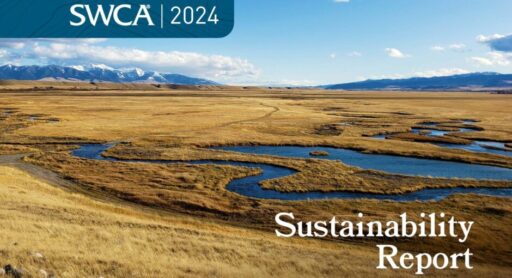
At SWCA, sustainability means balancing humanity’s social, economic, and environmental needs to provide a healthy planet for future generations.
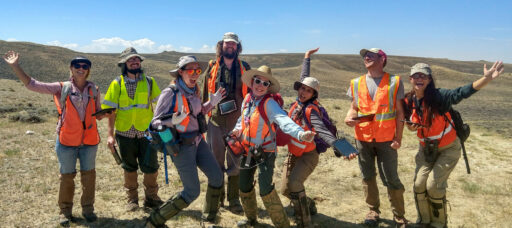
SWCA employs smart, talented, problem-solvers dedicated to our purpose of preserving natural and cultural resources for tomorrow while enabling projects that benefit people today.

At SWCA, you’re not just an employee. You’re an owner. Everyone you work with has a stake in your success, so your hard work pays off – for the clients, for the company, and for your retirement goals.
USACE and EPA Publish New Navigable Waters Protection Rule
When implemented, the NWPR will result in several significant changes to the extent of waters of the U.S.
Russell has more than 25 years of experience in environmental regulations compliance for federal, state, and local laws with an understanding of the nuances of FERC regulations and NEPA, CWA, and ESA compliance.


On April 21, the U.S. Army Corps of Engineers (USACE) and U.S. Environmental Protection Agency (EPA) published the Navigable Waters Protection Rule (NWPR) in the Federal Register, with a scheduled implementation date of June 22, 2020.
When implemented, the NWPR will result in several significant changes to the extent of waters of the U.S. (i.e. those features which are subject to Clean Water Act jurisdiction), including, but not limited to, the following:
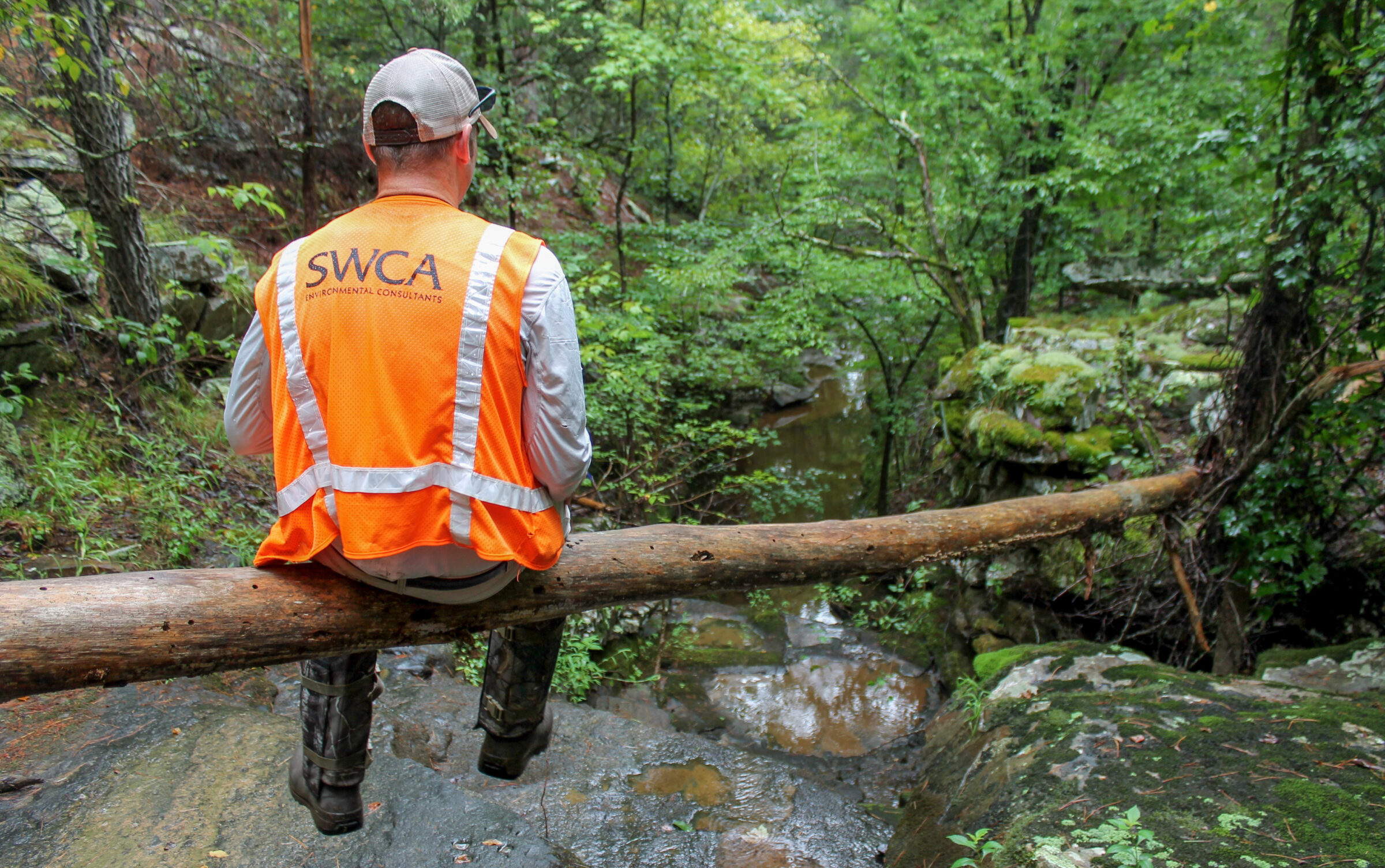
Ephemeral waters (creeks or pools) will no longer be waters of the U.S., regardless of their connectivity to downstream navigable waters. They can be non-jurisdictional connectors if flow is channelized and present in a typical year.
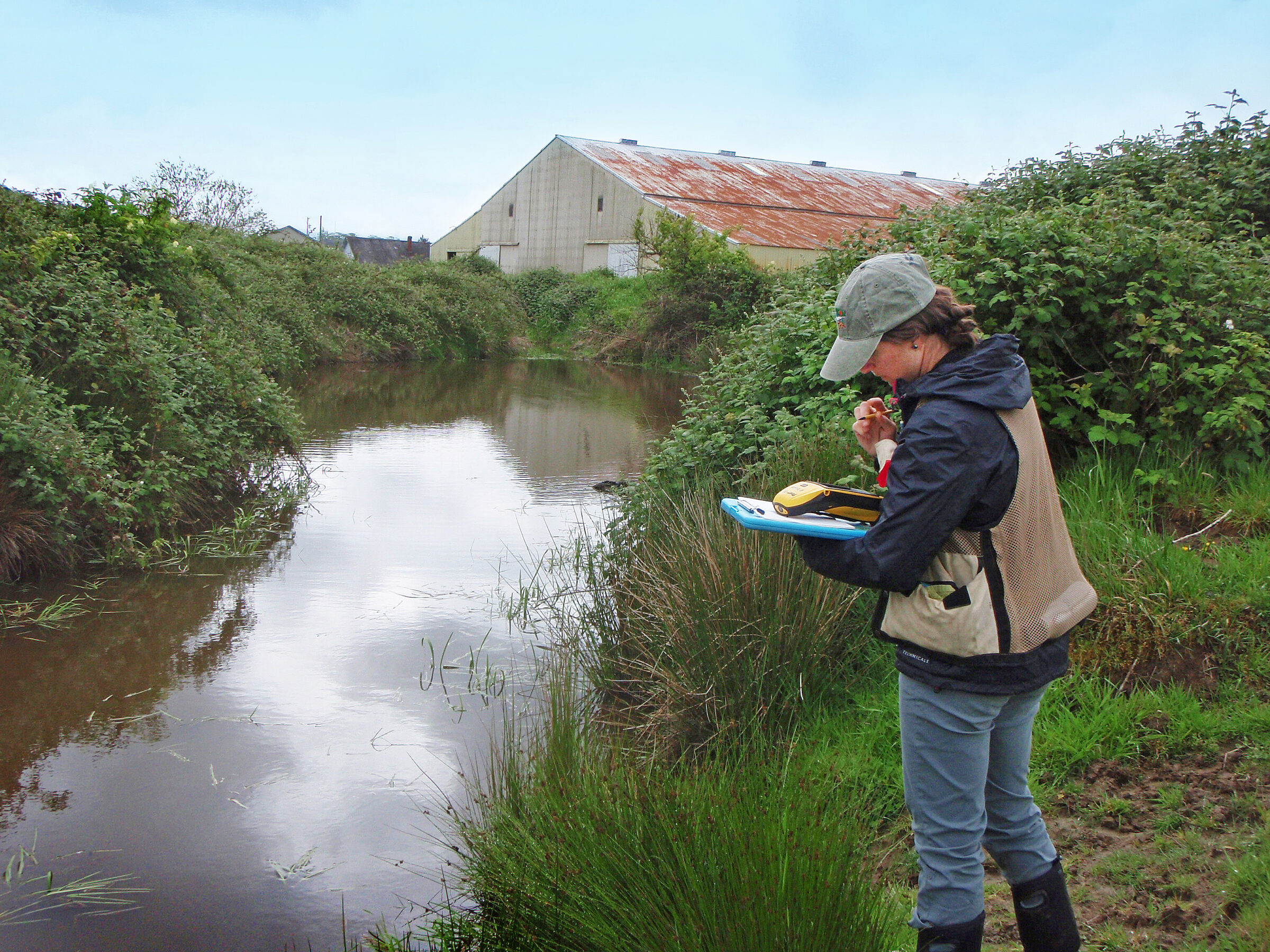
In order for a wetland to be considered a water of the U.S., it must either abut another water of the U.S., contribute intermittent or perennial flow to a water of the U.S., or be inundated by flooding from a water of the U.S. in a typical year. As a result, many floodplain and hillslope wetlands which were previously considered jurisdictional may be eligible for non-jurisdictional determinations following implementation of the NWPR. In order to abut, the feature can only be separated by one natural barrier, artificial barriers with a channelized surface water connection in a typical year, or be flooded by (a) 1 – (a) 3 waters in a typical year.
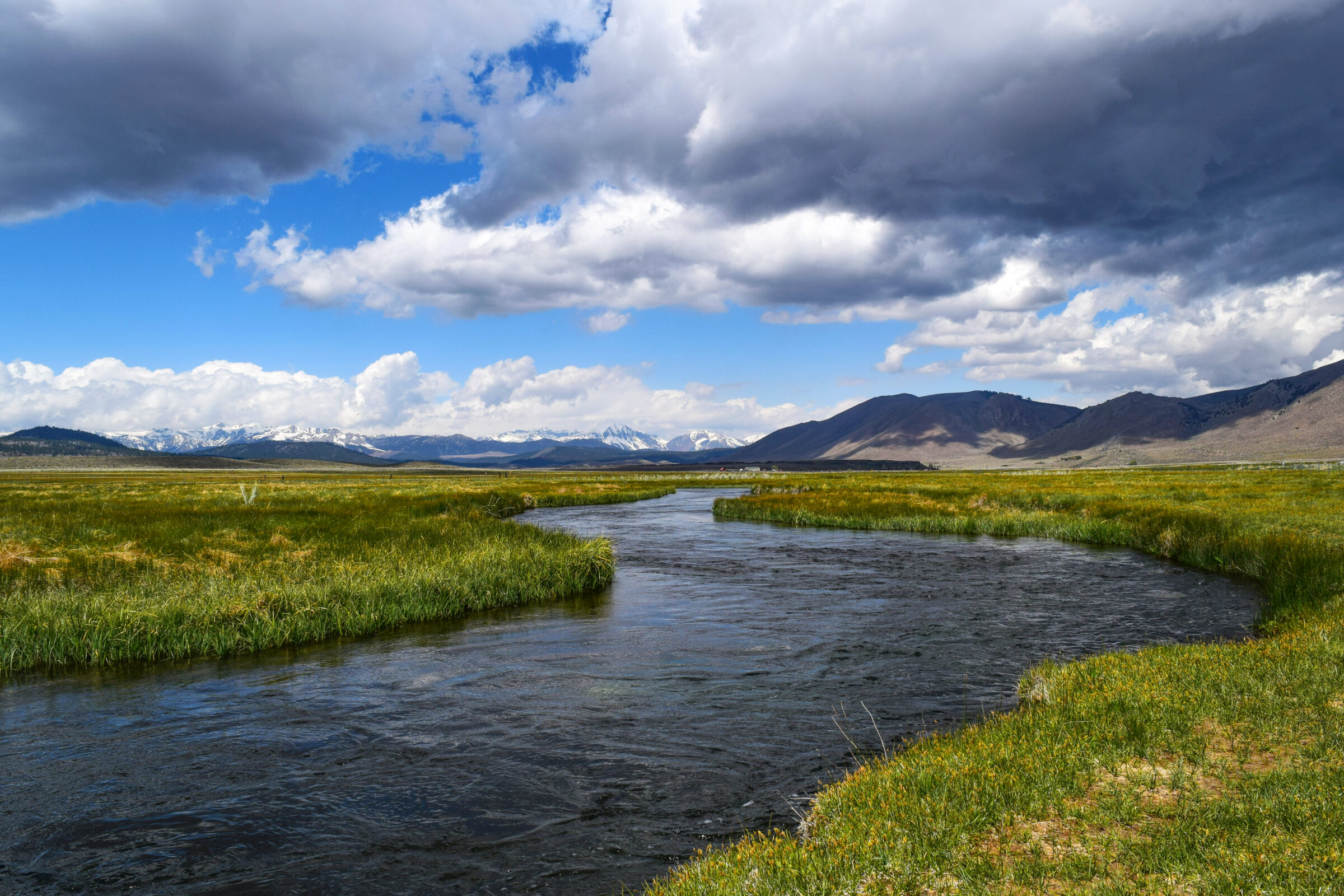
Interstate waters (i.e., those water features which cross state boundaries) are no longer a defined category of waters of the U.S. Under the NWPR, interstate waters must meet one of the NWPR’s other criteria to be considered waters of the U.S.
Many of the aquatic resources which have been generally considered to be non-waters of the U.S. as a matter of policy are codified as non-waters of the U.S. by the NWPR, including, as a few examples, ponds or reservoirs constructed in dry land, stormwater control facilities constructed in dry land, and waterfilled depressions created incidental to construction or mining activities.
Much of the agencies’ policy for interpreting the details of NWPR is currently unknown. Additionally, the NWPR is expected to face similar legal challenges as other rules on the definition of waters of the U.S., some of which were subject to multiple years of delayed implementation as a result of court orders.
SWCA expects that over the course of the coming weeks and months, there will be developing clarity regarding the rule’s likelihood for implementation as scheduled and how the USACE will interpret the NWPR once it replaces the existing regulations.
SWCA is tracking this rule and related developments. If you have any questions for how the NWPR may apply to one of your projects, please reach out to your primary SWCA contact.